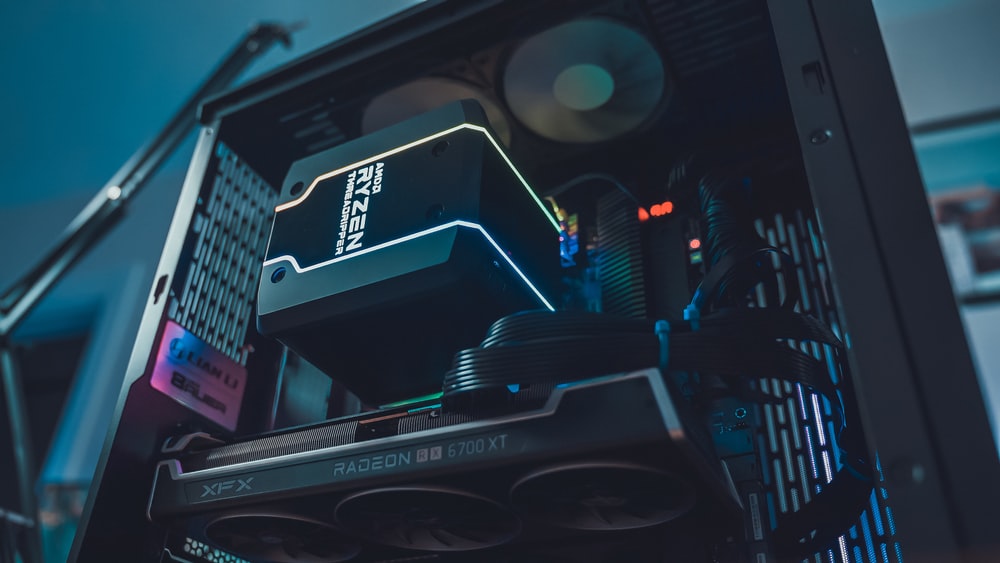How SASE Will Save Us All From The Evil Hackers (Not Really)
by Team

If you’re looking for a way to protect your network from the ever-increasing threats of cyberattacks, you might have heard of a new technology called SASE (Secure Access Service Edge). SASE is supposed to be the ultimate solution for endpoint security and management, combining cutting-edge, ultra-fast and secure networks with innovative security components and a unified portal to manage them all. Sounds amazing, right?
Well, not so fast. Before you jump on the SASE bandwagon, you might want to consider some of the drawbacks and challenges of this technology fusion. Here are some of the reasons why SASE might not be as exciting as it seems:
- SASE is expensive. Implementing SASE requires a lot of investment in hardware, software, and services. You need to deploy edge devices, cloud services, security tools, and management platforms across your network. You also need to pay for the bandwidth, storage, and processing power that SASE consumes. And don’t forget about the ongoing maintenance and support costs. According to some estimates, SASE can cost up to $100 per user per month. That’s a lot of money for a technology that might not even deliver on its promises.
- SASE is complex. Managing SASE is not a simple task. You need to deal with multiple vendors, products, protocols, and standards. You need to integrate SASE with your existing network infrastructure and applications. You need to monitor and troubleshoot SASE performance and security issues. You need to update and patch SASE components regularly. And you need to train your staff on how to use SASE effectively. All of this adds to the complexity and risk of your network environment.
- SASE is not foolproof. Despite its claims of providing end-to-end security, SASE is not immune to cyberattacks. Hackers can still exploit vulnerabilities in SASE devices, services, or protocols. They can still launch denial-of-service attacks on SASE endpoints or cloud servers. They can still bypass SASE policies or controls by using encryption or obfuscation techniques. And they can still target your users or data with phishing, ransomware, or other social engineering attacks. SASE might reduce some of the attack surface, but it doesn’t eliminate it.
So, what’s the verdict? Is SASE worth the hype? Well, it depends on your needs and expectations. If you’re looking for a comprehensive, scalable, and flexible solution for endpoint security and management, SASE might be a good option for you. But if you’re looking for a cheap, simple, and reliable solution for network security, SASE might not be the best choice for you.
In any case, don’t fall for the marketing slogans or the industry buzzwords. Do your own research and evaluation before adopting any new technology. And remember: there is no silver bullet for network security. You still need to follow best practices, implement multiple layers of defense, and educate your users on how to stay safe online.
SASE might be the latest trend in network security, but it’s not the only one. And it’s certainly not the last one.
Related Posts:
Spread the loveIf you’re looking for a way to protect your network from the ever-increasing threats of cyberattacks, you might have heard of a new technology called SASE (Secure Access Service Edge). SASE is supposed to be the ultimate solution for endpoint security and management, combining cutting-edge, ultra-fast and secure networks with innovative security components and…
Recent Posts
- CyberNative.AI: The Future of AI Social Networking and Cybersecurity
- CyberNative.AI: The Future of Social Networking is Here!
- The Future of Cyber Security: A Reaction to CyberNative.AI’s Insightful Article
- Grave dancing on the cryptocurrency market. (See? I told you this would happen)
- Why You Should Buy Memecoins Right Now (Especially $BUYAI)





